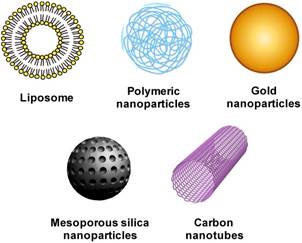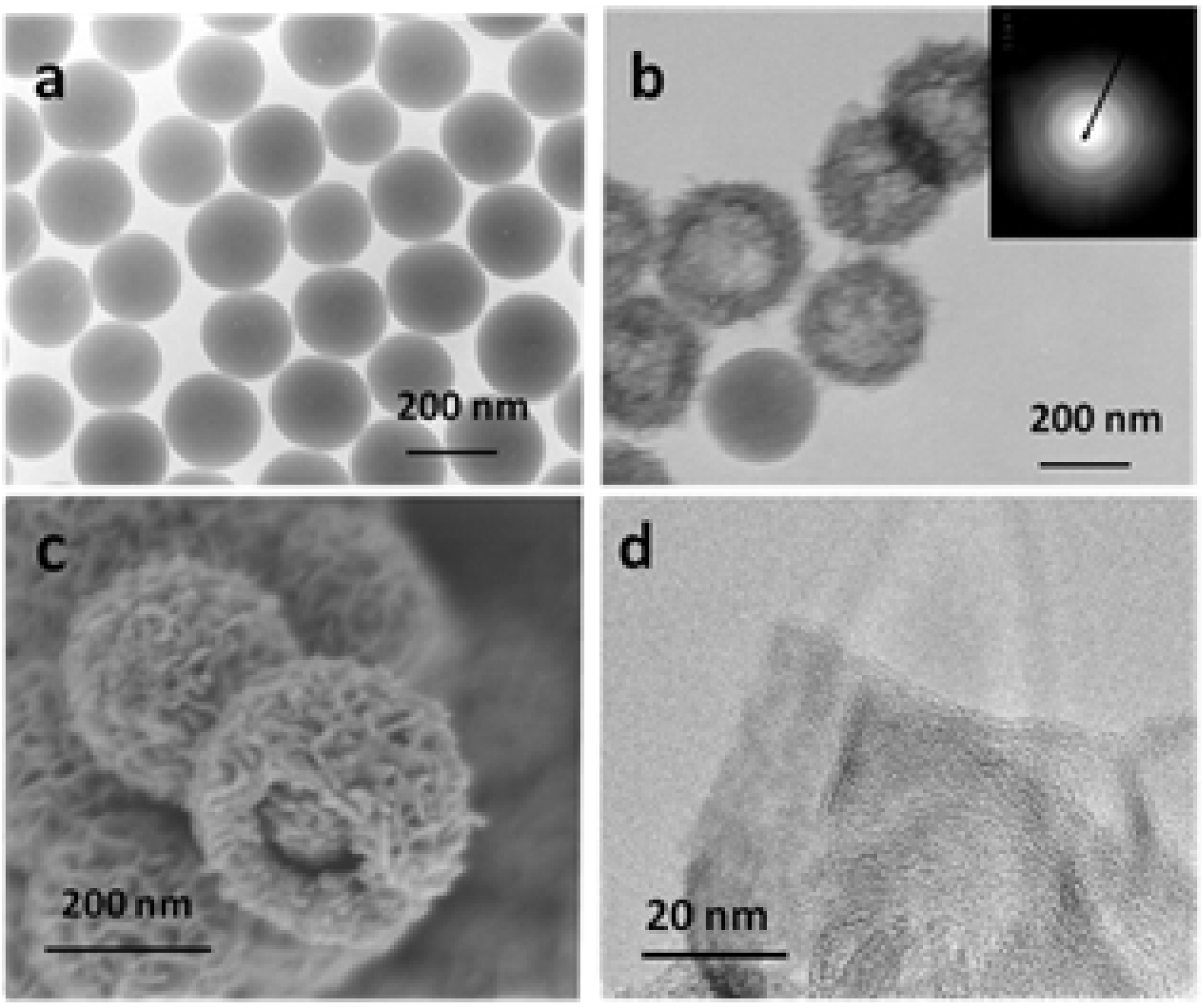


Recently, research has been conducted on PEI, a highly water-soluble cationic polymer that exists in various forms and molecular weights. For example, materials with high water solubility that have been used include chitosan, gelatin, poly-D,L-lactide-co-glycolide (PLGA), polyglycolic acid (PGA), polylactic acid (PLA), poly-caprolactone (PCL), and poly-alkyl-cyano-acrylates (PAC). In this context, for in vivo use of core-shell particles, it is necessary for the particles to have superior water solubility, biodegradability, bioadaptability, stability, and target specificity. Depending on their characteristics, these nanoparticles can be applied to a variety of areas, such as chemical sensors, coatings, and catalysts, in addition to a number of biological applications including biological separation, drug/DNA delivery, gene therapy, enzyme immobilization, and catalysis. In this study, to solve the problem, we synthesized core-shell nanoparticles by soap-free emulsion polymerization that uses chemical reactions to graft the methyl methacrylate (MMA) monomers on polyethylenimine (PEI) chains.Ĭore-shell nanoparticles, which have both hydrophilic and hydrophobic properties, can be prepared by diverse methods and mechanisms allowing simplified incorporation of many functional constituents. However, in case of porous silica used as a carrier for gases, it is difficult to remove the surfactants, and mass production is limited. Due to high selectivity, large surface area, and monodisperse pores for CO 2 adsorption, when the amine with high molecular weight was impregnated into the material, CO 2 adsorption capacity becomes high. Adsorption materials are classified as physical adsorption material, such as zeolite and activated carbon, and chemical adsorption material, such as those prepared by impregnating amine groups of high molecular weight. CO 2 adsorption takes place in the amine functional groups, forming carbonates at a low temperature. To separate CO 2 from the combustibles such as coal or fuel, materials that have the ability to selectively adsorb CO 2 are required. Carbon capture and storage refer to techniques for prevention of emissions to reach the atmosphere by adsorption or absorption of the CO 2 generated from combustion into materials. Research on storage and capture of gaseous carbon dioxide (CO 2), which is a known cause of global warming, has been going on for decades. Received 14 June 2016 accepted 17 July 2016 published 20 July 2016


 0 kommentar(er)
0 kommentar(er)
